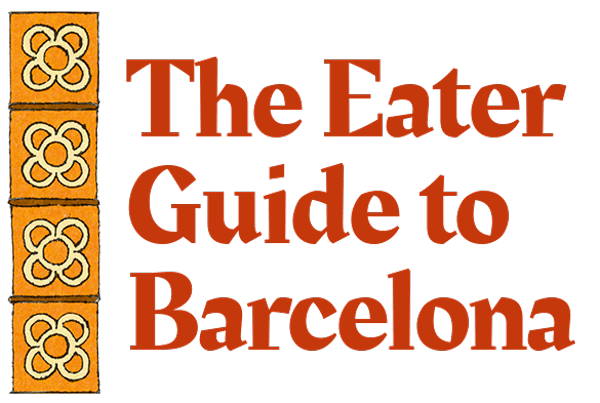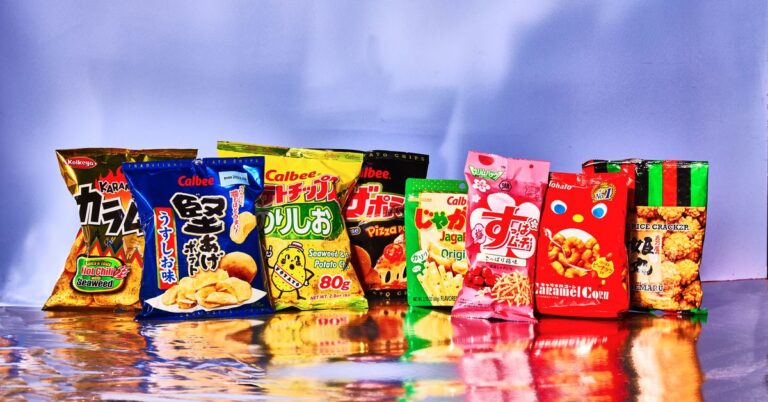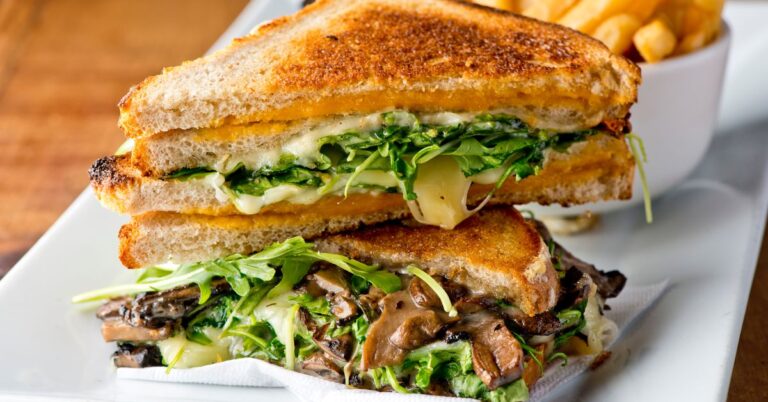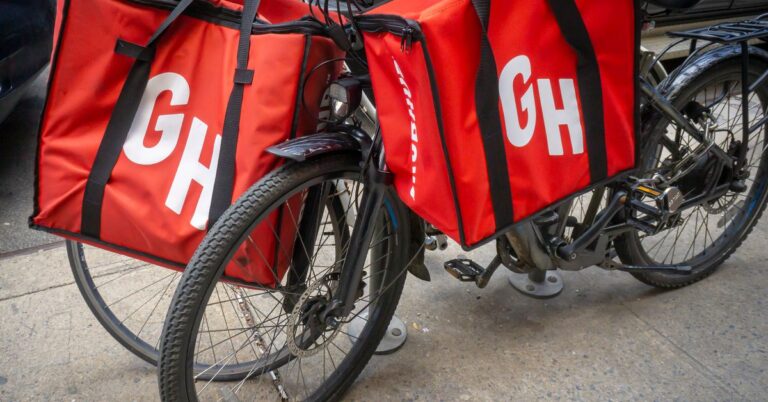Fideuà Is Barcelona’s Best Seafood Dish
If you came to Barcelona for paella, you wouldn’t be alone: A wide pan of saffron-yellow rice studded with seafood is one of Barcelona’s great culinary delights. Few dishes are as impressive or, when done right, as delicious. I wrote an entire book on paella and have devoured my mother-in-law’s shellfish version hundreds of times since I moved to Barcelona in 1996.
But there is one thing that can top Spain’s most iconic dish. Fideuà, an accidental descendant of paella, is similar to its rice-based progeny, but instead of rice, it features a short, thin pasta called fideus, which absorbs all of the cooking liquid as it simmers (like paella) in a large, shallow pan. Fideuà is what I prepare far more often at home, what we order when my wife and I take the kids out for a lazy lunch, and our go-to when friends come to visit. Paella can be found everywhere in Spain, but fideuà is a specialty along this part of the Mediterranean that is not to be missed.
Like the rice in paella, the fideus noodles are the protagonist here. Aside from those, fideuà is exclusively made with seafood, usually no more than some tender cuttlefish and shrimp. A good fish stock is key; the better the stock, the more flavorful the noodles as the liquid becomes absorbed. Many cooks brown the noodles in the pan before adding the stock, which gives the fideus a toasted nuttiness and retains a final texture that’s perfectly balanced between al dente and overcooked. For me, the most sublime version is fideuà negra, made with cuttlefish or squid ink that colors the dish and flavors it with briny hints of the sea. There’s a natural sweetness, too, which is balanced by allioli, a garlic and olive oil emulsion that’s dolloped on top of a serving and then mixed in.
Fideuà originated in Gandia, a town on the Mediterranean coast south of Valencia, where legend dates its invention back to the early 1900s. One day, a version of the story goes, the cook on a fishing boat was preparing the midday seafood paella when he discovered that there was no rice in the larder. Instead, he tossed in some fideus noodles, which are typically used in soup. The response from the crew must have been encouraging, as the dish soon spread up the coast. It was deeply embraced in Catalunya, which had a long tradition of cooking with fideus: Pasta was introduced to the region during the middle ages, when Muslims still ruled much of the Iberian Peninsula (“fideus” comes from “fidawsh,” the Arabic word for pasta), and the earliest Catalan recipe for cooking thin noodles in liquid dates to 1324.
Look for fideuà in restaurants that specialize in paella. Ideally, you’ll get a chance to try both while in Barcelona — but if you only have time for one, go for the latter. Note that fideuà is inherently festive, and, like paella, is never prepared for just one person. A minimum restaurant order is for two. But if you go alone to one of the five places below, don’t let that be an impediment to tasting one of the city’s great dishes. Get the fideuà, skip the appetizers, and send back the bread basket. You’ll be full, but you won’t be disappointed.
:no_upscale()/cdn.vox-cdn.com/uploads/chorus_asset/file/22777766/GMC_6306__1_.jpg)
Where to get great fideuà:
La Mar Salada: Walk past a long stretch of forgettable Barceloneta tourist restaurants to find this singular gem. Led by El Bulli alum Marc Singla, the kitchen packs an unequaled wallop of seafood flavors into its stunning fideuà. Too good to miss. Passeig Joan de Borbó 58-59, Barcelona, 08003; +34 932 21 21 27
Can Majó: Opened in 1968 and now run by the founders’ two children, Can Majó remains focused on fresh fish bought daily in the market, and on rice and fideuà. They serve the city’s finest fideuà negra, whose recipe hasn’t — thankfully — changed for decades. Carrer de l’Almirall Aixada 23, Barcelona, 08003; +34 932 21 54 55
Xiringuito Escribà: For over a century, the Escribà name has been synonymous with fine pastries. In 1992, the year that Barcelona hosted the Summer Olympics, a member of this distinguished epicurean family opened a xiringuito, or seasonal beachside bar, near the Olympic Village to offer something wholly different: authentic paella and fideuà. This classic remains open year-round, daily from noon to midnight. Avinguda del Litoral 62, Barcelona, 08005; +34 932 21 07 29
7 Portes: Such is the fame of this nearly 200-year-old establishment that it might be easy to write it off as a tourist trap. Visitors love the 19th-century decor and old-school feel, with waiters in white jackets, bow ties, and long aprons. But locals come for the perfectly executed Catalan classics that the kitchen continues to turn out year after year, including fideuà. Passeig d’Isabel II 14, Barcelona, 08003; +34 933 19 30 33
La Paella de Su: Being located at the northern edge of the Eixample neighborhood rather than down by the seafront sets La Paella de Su apart from other paella and fideuà specialists, as does its casual, stylish look. Su — Susi Bernat — herself commands the row of wide paella burners in this family-run restaurant that opened in fall 2019; any paella on the menu can be made with fideus instead of rice. The cuttlefish-laden fideuà negra is highly recommended. Avinguda Diagonal 436, Barcelona, 08037; +34 931 54 50 11
Jeff Koehler, winner of a James Beard Award and two IACP cookbook awards, has lived in Barcelona since 1996. He is the author of seven books, including La Paella and Spain: Recipes and Traditions. Gerard Moral is a Barcelona born and based photographer specializing in portrait, travel, and lifestyle photography.







